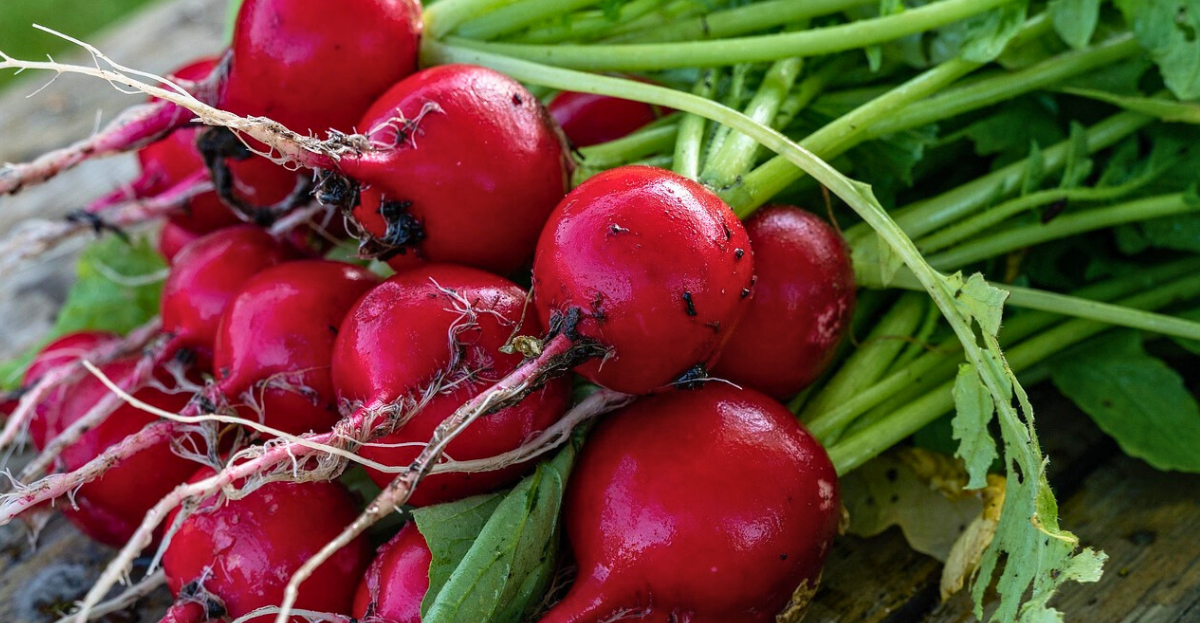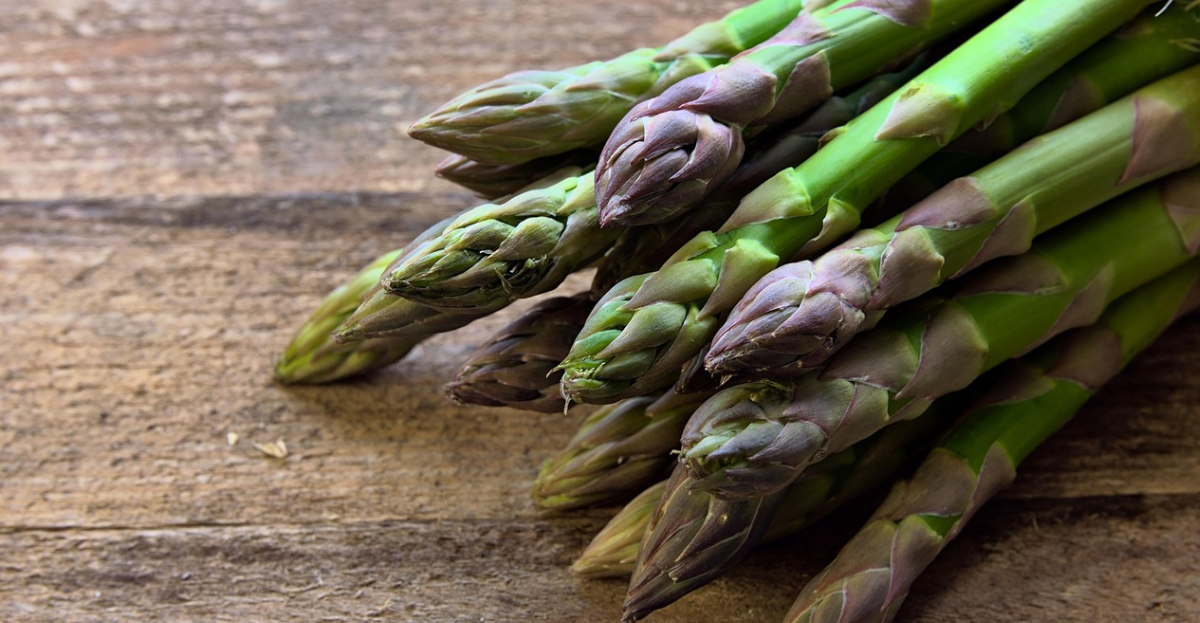Your May Gardening Checklist
May is typically a busy month with warmer weather and growth. This year, many areas had a mild end to April, so some tasks may be ahead, while others need attention. Watch out for late frosts and keep greenhouses closed at night. The warmer weather also brings more pests like slugs and snails. Here’s your May allotment jobs checklist.
May often feels like one of the busiest months of the year, with temperatures rising and growth in full swing. However, this year, many parts of the country have experienced a mild end to April, meaning that some tasks may be ahead of schedule, while others may still require a watchful eye. As ever, late frosts remain a concern, so ensure greenhouses are still closed before temperatures dip in the evenings. The increased warmth brings about a surge in pests, particularly slugs and snails, who will make the most of tender young vegetables. Read on for your comprehensive allotment jobs checklist for May.
Soil Preparation & General Maintenance
With the soil warming up, this is the perfect time to give your allotment a solid foundation for the growing season ahead. After the milder conditions in late April, your soil might be more manageable and ready for planting earlier than usual.Hoe and rake your vegetable beds regularly to keep weeds at bay. With many areas experiencing dry ground, now is an ideal time to ensure beds are well-weeded and prepared. Tread down any rough-dug soil from winter and rake it to a fine, smooth tilth, ensuring an ideal planting environment.
Mulch around your crops and on bare soil to lock in moisture and suppress weeds.
Prepare new beds by ensuring any soil amendments are incorporated. A well-rotted compost or manure will help improve fertility and structure, setting your plants up for success.
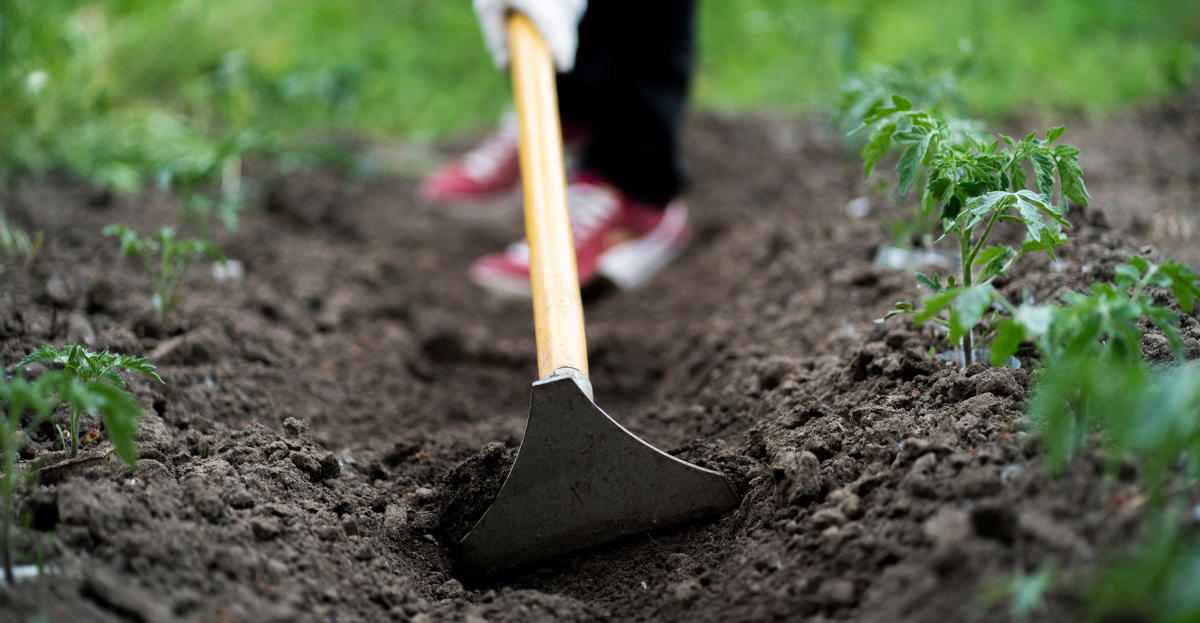
Vegetable Tasks
May is a month of great activity on the vegetable patch. With warmer temperatures and the mild weather of late April, there is plenty to sow, plant, and tend to this month.- Sow carrots, beetroot, spinach, leaf beet, salad onions, radish, lettuce, peas, turnips, swedes, kale, spring onions, broad beans, pumpkins, squashes, radicchio, and endive. For those in cooler areas, it may still be better to wait a little longer to sow outdoor crops, especially tender varieties.
- Plant out courgettes, maincrop potatoes, celeriac, and celery at the end of the month once the risk of frost has passed.
- Earth up early potatoes to increase yield and ensure the plants remain stable and well-fed.
- Stake peas and erect frames for climbing beans. You can sow beans under glass or directly outdoors towards the end of the month.
- Start harvesting asparagus, as it should be ready now in many areas.
- Thin out seedlings from earlier sowings, such as carrots, to ensure strong and healthy plants.
Keep an eye out for pests like slugs and snails. Use organic deterrents such as copper tape or beer traps to protect your young plants.
Fruit Tasks
May is an exciting month for fruit enthusiasts, as trees and bushes begin to develop their crops. With the milder weather, it’s a great time to ensure your fruit plants are well-supported and protected.- Mulch strawberry beds with straw to conserve moisture and keep the fruit clean as it ripens.
- Thin canes on autumn-fruiting raspberries to promote healthy growth and maximize yields.
- Keep fruit trees well-supported , tying in any new growth on trained trees and canes. This includes currants, apples, and pears.
- Mulch fruit trees with well-rotted manure or compost to lock in moisture and suppress weeds. This is especially important with the milder temperatures, as trees are likely growing quickly.
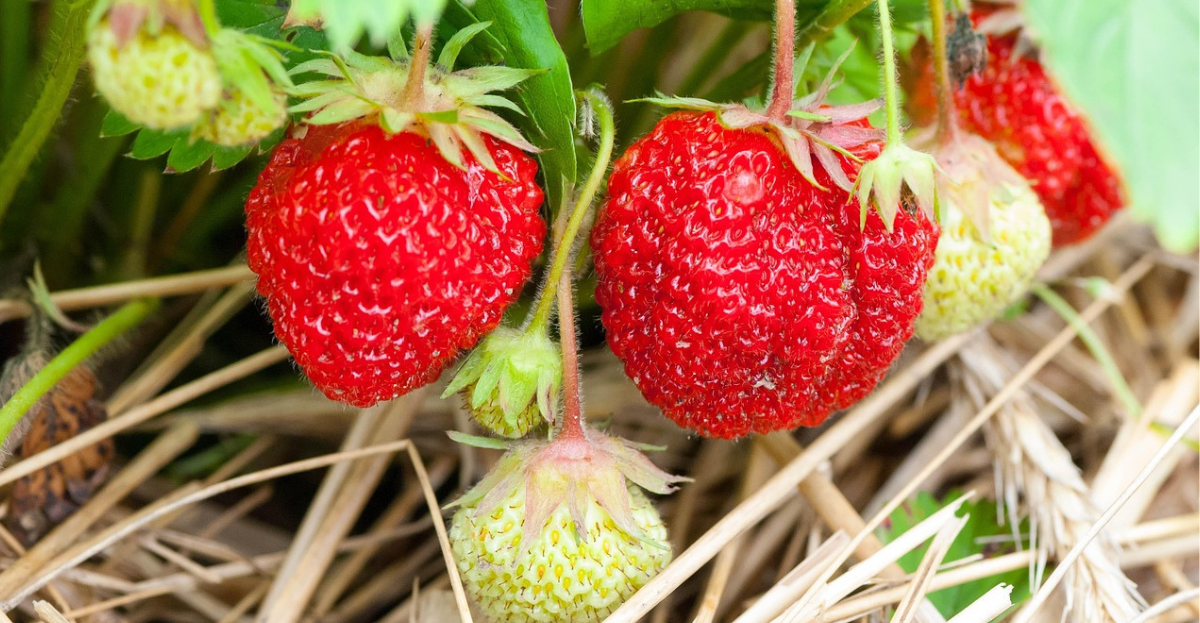
Greenhouse & Indoor Sowing
For those with greenhouses, this is a crucial month for moving plants from indoors to their final spots and sowing new crops that thrive in the warmth.Harden off tender young plants that have been growing in the greenhouse. Acclimatize them to outdoor conditions before planting out later in the month.
Move plants out of the greenhouse to garden off during the day but bring them back in at night to avoid any late frost damage.
Plant tomatoes, cucumbers, melons, peppers, and aubergines in available greenhouse space. These crops need plenty of warmth, so make sure they are well-watered, and keep an eye on ventilation to avoid scorching.
Prick out seedlings once they have developed their first true leaves to prevent overcrowding and fungal diseases.
once they have developed their first true leaves to prevent overcrowding and fungal diseases.
Flower Tasks
May is a month where your flower beds begin to show their true potential. As the weather warms up, there are plenty of tasks to keep your garden blooming.- Plant out dahlias once the danger of frost has passed. This is typically towards the end of the month.
- Direct sow annuals for cut flowers , such as cosmos, cornflowers, larkspur, and helipterum. These will provide a steady supply of blooms for cutting throughout the summer.
- Prune spring shrubs like forsythia and chaenomeles after flowering to keep them compact and encourage new growth.
- Pinch out the shoot tips of fuchsias to encourage bushier growth.
- Plant more gladioli for a succession of summer flowers.
Tip: Regularly check for pests such as aphids on young growth. Use biological controls if necessary or a soapy water spray to control the issue organically.
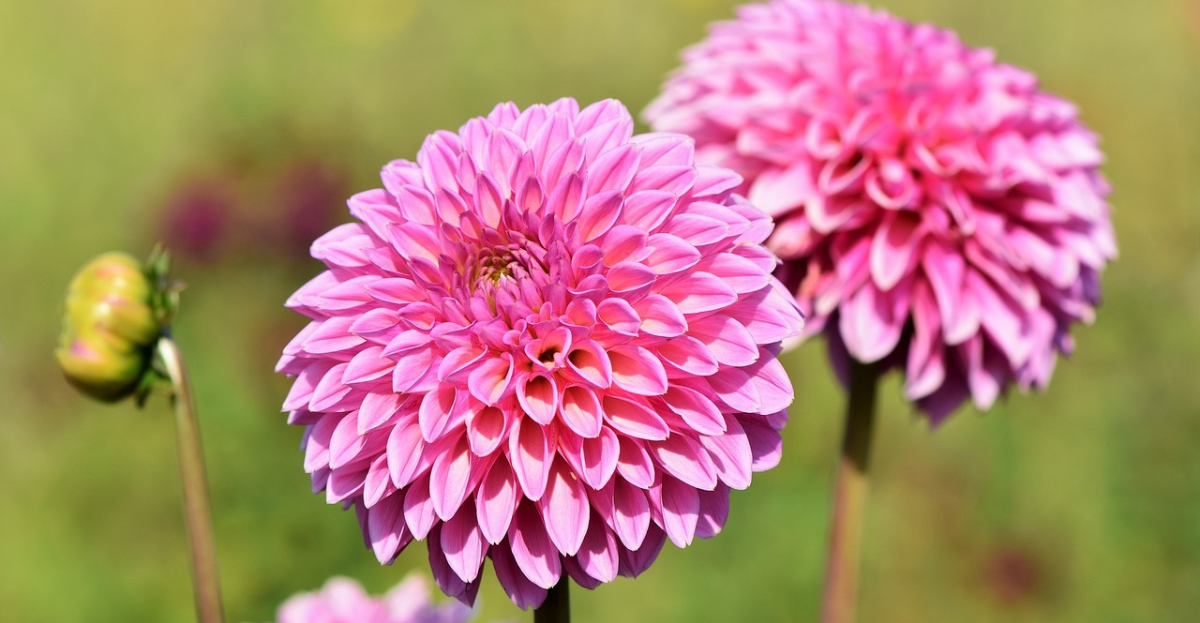
Pest Control & General Allotment Maintenance
As temperatures rise, pests such as aphids, slugs, and snails will be on the move. Keeping up with pest control is vital in ensuring a healthy and productive growing season.
- Go on regular evening hunts for slugs and snails , especially after damp weather.
- Hang pheromone traps in apple and plum trees from May to July to control pests before they affect fruiting.
- Check young plants regularly for early signs of pest damage, particularly aphids, which are prevalent in May. A blast of water or a soft soap solution can help manage them.
What to Harvest
The harvest season is beginning, and there are a few crops ready to pick this month. Be sure to enjoy the fruits of your early efforts:
Asparagus – Start harvesting the tender spears for fresh, seasonal dishes.
Rhubarb – Pick young, tender stems regularly to encourage further growth.
Early radishes – Harvest for a crunchy addition to salads.
Overwintered spinach and chard – These crops can be harvested regularly for fresh, leafy greens.
